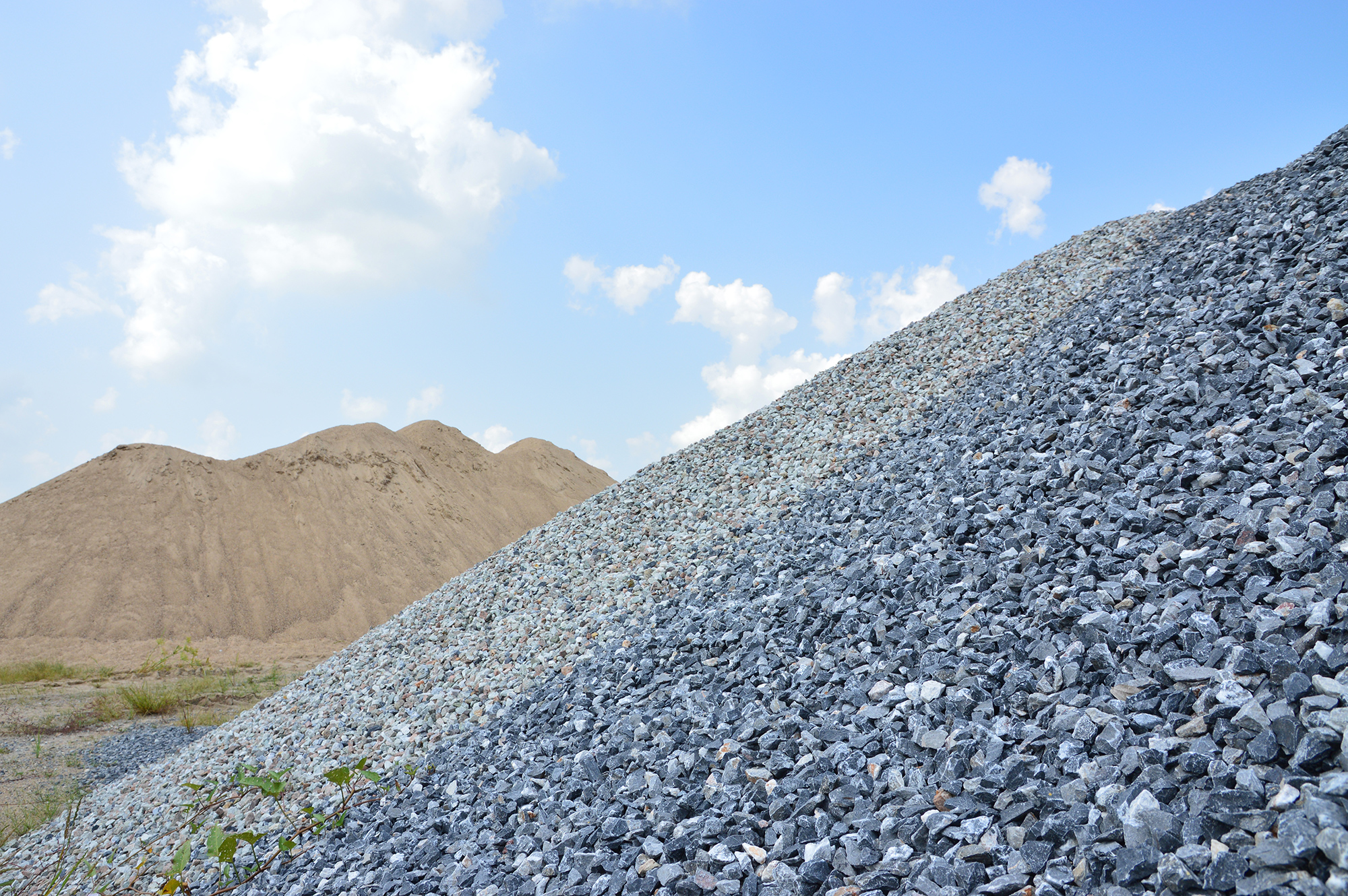Poor Indoor Air Quality can have an adverse effect on the well-being of the people who live there. It may cause nasal, eye, and nasal irritations as well as headaches and allergic reactions. Long-term exposure to chemicals can lead to respiratory problems and can contribute to heart and cancer.
Most of the pollutants that reduce IAQ come from paints, furniture and cleaning products. Materials that emit low emissions are an excellent option to lower harmful pollution.
Organic Compounds that are Volatile
A lot of everyday items, such as construction materials gia da 0x4 and cleaning chemicals release VOCs into the air. Solvents, paints for perfumes, and cleaning products are a source of VOCs. Additionally, they are present in wood or kerosene-burning stoves. VOCs are a common problem in the home due to smoking cigarettes and cleaning chemicals or paints, as well due to infiltration from the outside. Concentrations of indoor VOC that are excessively high could cause the’sick-building syndrome’.
VOCs from the outdoors contribute to the creation of Ozone at ground level. It is a major component of photochemical smog. VOCs are controlled by the EPA in order to prevent them from reacting with nitrogen oxides and sunlight in order to produce Ozone.
A lot of new materials and products used in construction release VOCs. This includes flooring, insulation, paints as well as adhesives. In order to ensure a healthy and safe building and construction, it’s essential to designate low-VOC materials. Selecting products that have been approved and certified with the Declare Label accreditation, Cradle to Cradle certification, Global Green Tag certification and Lens certification, Lens certification, as well as BREEAM Hea 02 credits to improve indoor air quality could lower VOC levels.

Formaldehyde Emissions
Wood-based materials which contain formaldehyde could cause the levels of formaldehyde in high to release into indoor air when construction. Offgassing may continue for a long time and can be intensified in extreme humidity and temperatures.
It is well-known that formaldehyde is a cancer-causing agent as well as respiratory irritation. The throat, skin as well as the nose and eyes may also become irritated. It can also be a source to other VOCs.
Formaldehyde can be found in high concentrations in a variety of household items such as new furniture made of wood as well as recently renovated melamine pieces made of wood that are pressed with formaldehyde resins, urea-formaldehyde to make foam, DIY projects such as painting and varnishing, and also textiles. Utilizing pressed wood identified as CARB, ULEF, or NAF compliant will lower the emission of formaldehyde.
Particulate Matter
Asbestos can be found in a variety of modern materials, including floors and in insulation. If disturbed asbestos may release toxic gaseous emissions. These fumes could pollute the air inside the building, and trigger allergic reactions. Exposure to dust particles could result in respiratory issues and heart problems.
Another cause of pollution comes from the use of diesel engines in construction equipment. It can generate an enormous amount of hydrocarbons, nitrogen oxides as well as carbon monoxide.
Also, it is important to check sure that the ventilation system in your house is working properly. It will prevent any pollutants from getting into your home. Pollutants in indoor environments that are excessively high could lead to worse health conditions, including more hospitalizations and deaths from cardiovascular and respiratory diseases. This is especially true for specific groups of people, such as those with a disability, elderly people as well as those with existing medical conditions. It is essential to minimize the risk of exposure in renovations through adequate ventilation and separating areas of work from occupied areas.
The Growth of Mold
Molds are fungi which break down biodegradable materials within our surroundings and then produce spores that consume more when they expand. This never-ending process is among the main causes of contamination within our surroundings, especially in the case of mycotoxins produced by certain mold species that can be harmful to health.
The spores of mold can be seen throughout the air, as well as in the soil and wood used for construction. The growth of mold is dependent upon oxygen, water and the nutrients. A majority of construction materials furniture, dirt and other materials provide all the nutrients needed.
The airborne spores of mold may cause irritation to the respiratory systems. Some sufferers may experience fatigue or headaches. There is a way to lessen the impact of microorganisms on people during and following construction with the use of low emission materials and also ventilation plans.